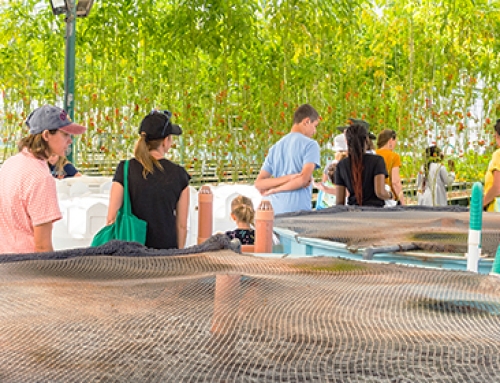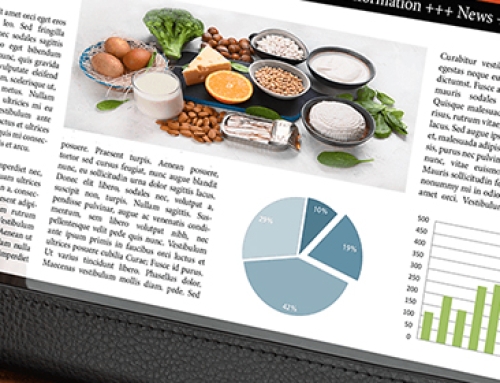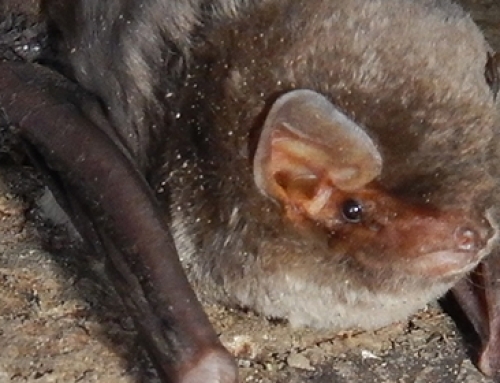A partnership between Istituto Zooprofilattico Sperimentale delle Venezie (IZSVe) and the Department of animal medicine, production and health of Padova University led to the first report in Europe of porcine circovirus type 2e (PCV-2e). This variant of the virus, identified in samples collected from a farm in the Veneto Region of Italy, had previously been restricted to Asia and North America. The discovery was published in the international scientific journal, The Veterinary Journal.

A partnership between Istituto Zooprofilattico Sperimentale delle Venezie (IZSVe) and the Department of animal medicine, production and health of Padova University led to the first report in Europe of porcine circovirus type 2e (PCV-2e). This variant of the virus, identified in samples collected from a farm in the Veneto Region of Italy, had previously been restricted to Asia and North America.
Porcine circovirus type 2 (PCV-2) is a worldwide pigs pathogen causing various clinical conditions, known as Porcine Circovirus Disease (PCVD), leading to serious financial losses in swine farmig. To date the circulation of PCV-2 in farms has prevalently caused subclinical forms, which nonetheless warrant attention since they are associated with a fall in animal productivity.
PCV-2 is a circular, single-stranded DNA virus, with a genome of approximately 1.7 kb. Eight genotypes (PCV-2a-h) have currently been recognised, of which only three (PCV-2a, -2b, -2d) have proven to be worldwide distributed, while the others have only occasionally been reported. The high variability of the virus has called into question the efficacy of current vaccines against more recent variants and heightened veterinary interest in identifying the viral genotype circulating in swine herds.
The detection of PCV-2e by researchers from the Pordenone Unit of IZSVe and the University of Padova stemmed from a request to genotype viruses isolated in samples from a swine farm in the Veneto Region. The tested pigs showed no clinical evidence of PCVD and the finding was purely incidental. This does not, however, mean the virus is harmless for the animals. PCV-2e is instead the most diverse of the PCV-2 genotypes and presents a distinct phenotype, prompting doubts over the years about the efficacy of current vaccines against this particular variant.
Moreover, viral strains belonging to the most common PCV-2d genotype were identified in samples collected from the same farm and tested during further diagnostic investigations. This confirmed the simultaneous spread of two genotypes in the farm. This factor can not only exacerbate the symptoms in animals, but can also facilitate recombination phenomena in the case of co-infection, further promoting the increase in PCV-2 variability.
Consequently, while the absence of clinical symptoms may appear favorable, caution is still suggested considering that PCVD is characterised by multifactorial pathogenesis. For this reason, researchers recommend stepping up efforts to monitor the possible circulation of the PCV-2e genotype in Italy and Europe, since underestimation of the spread cannot be ruled out.
Read the scientific article in The Veterinary Journal »






